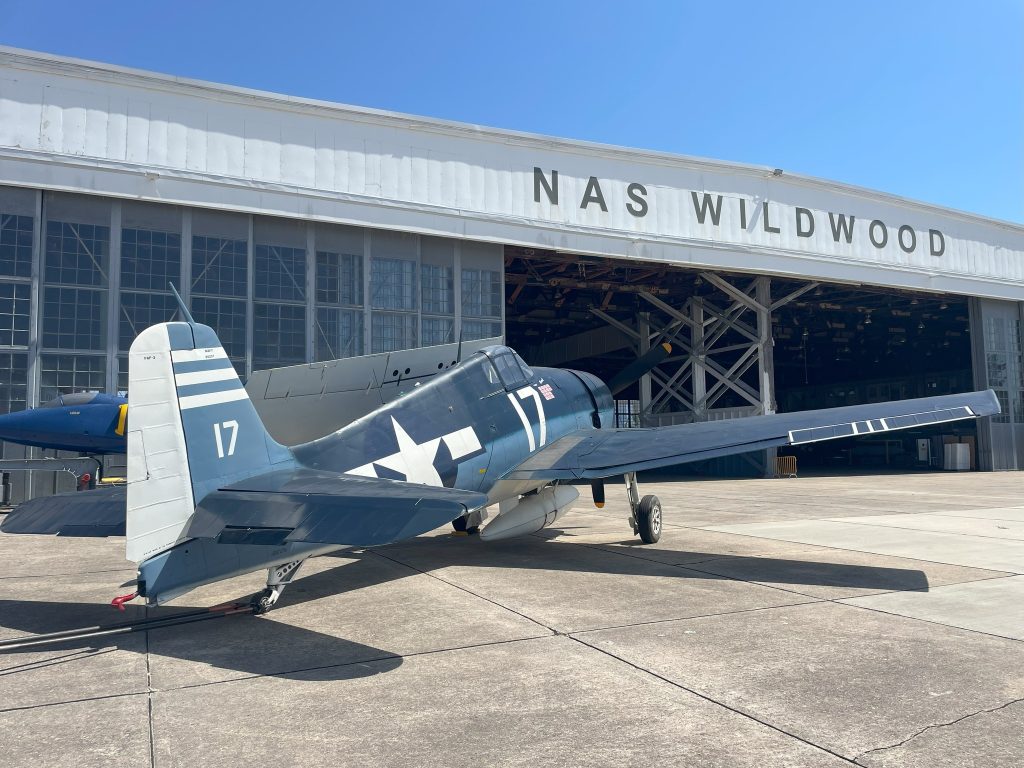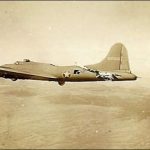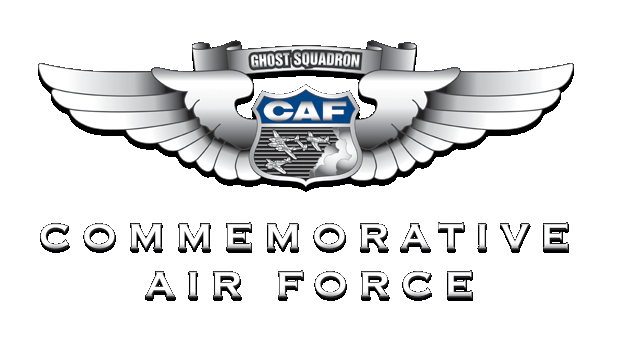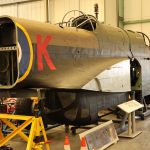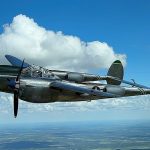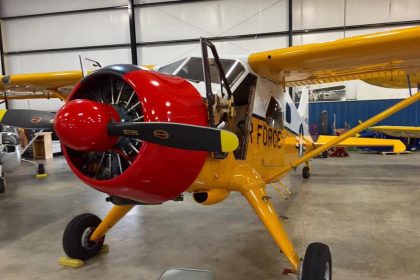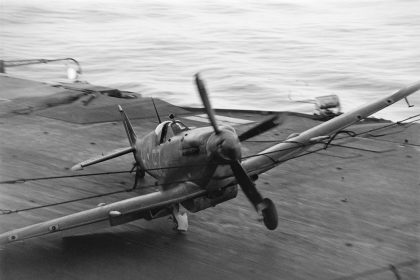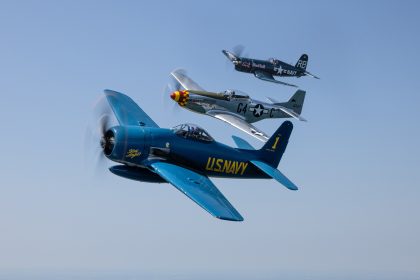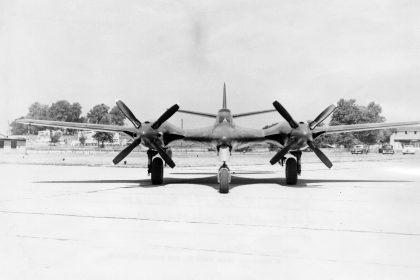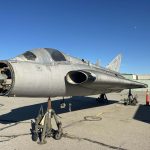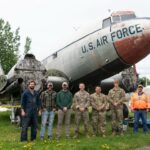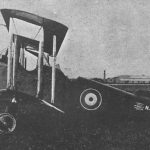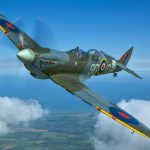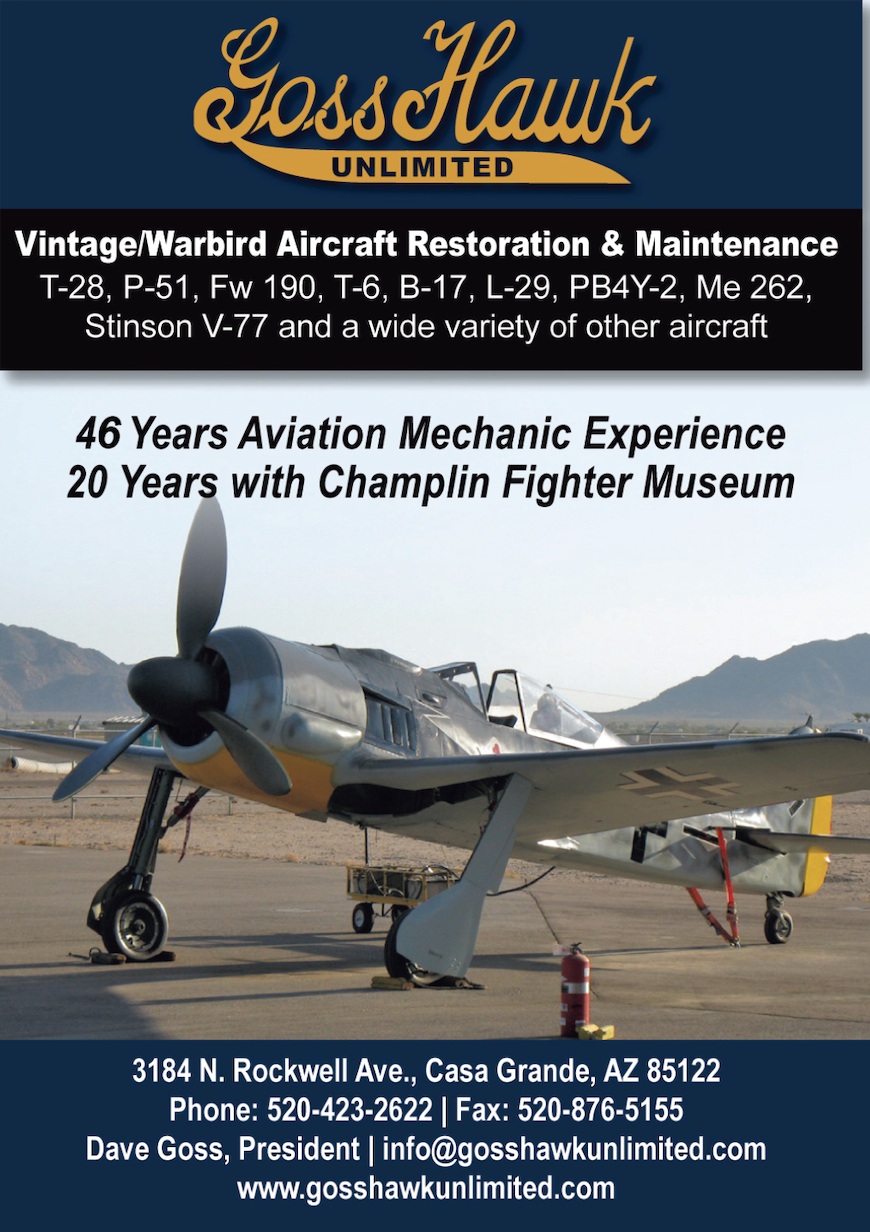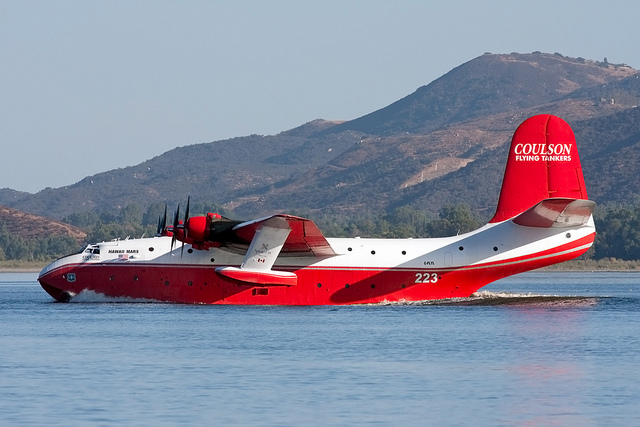
On this day in aviation history, June 26, 1942—83 years ago—the Grumman F6F Hellcat took to the skies for the first time. Developed as a carrier-based, single-engine fighter for the U.S. Navy, the Hellcat was designed to replace Grumman’s earlier F4F Wildcat, which had begun to fall behind in performance compared to its primary adversary—the agile Mitsubishi A6M Zero. While the Hellcat initially appeared to be an upgraded Wildcat, it was, in fact, a completely new design built from the ground up.
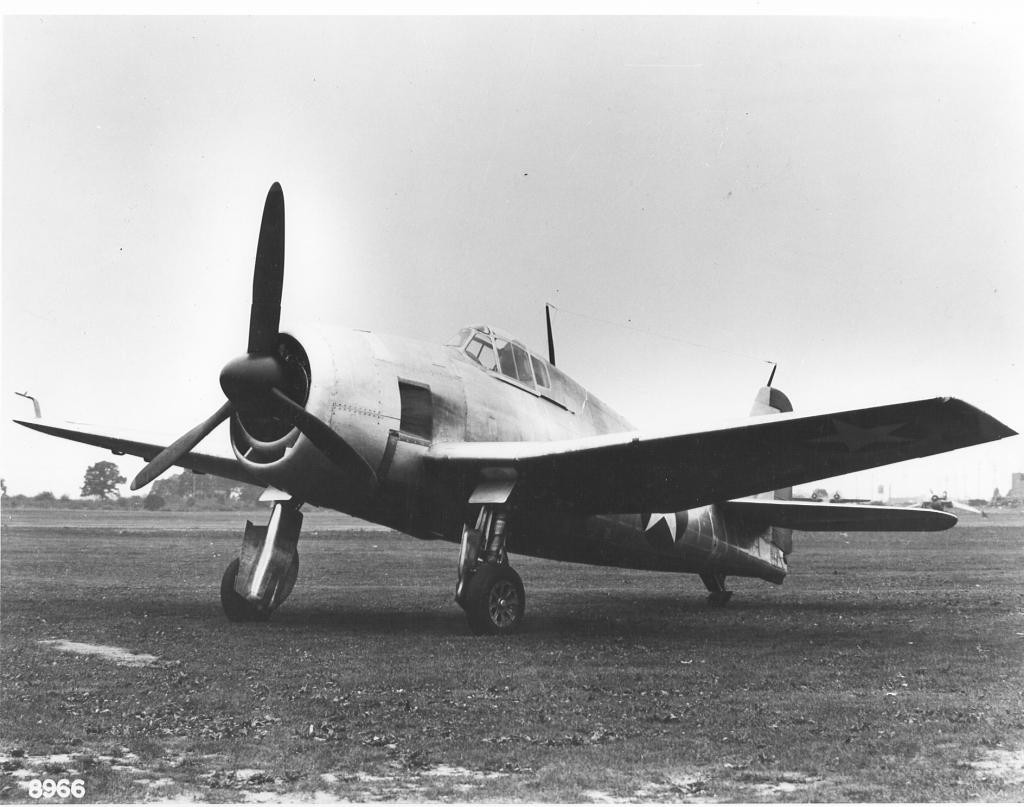
The F6F was engineered not only for improved speed and firepower but also for durability. Grumman built the Hellcat to take punishment and bring pilots home safely—a vital trait for the rigors of naval warfare. Flown by both the U.S. Navy and Marine Corps during World War II, the Hellcat logged over 66,000 combat sorties and was credited with 5,163 aerial victories. In total, only 270 Hellcats were lost in air-to-air combat, giving it an astounding kill-to-loss ratio of 19:1. Against the Zero alone, the Hellcat achieved a 13:1 ratio—an impressive feat considering the Zero’s legendary maneuverability.
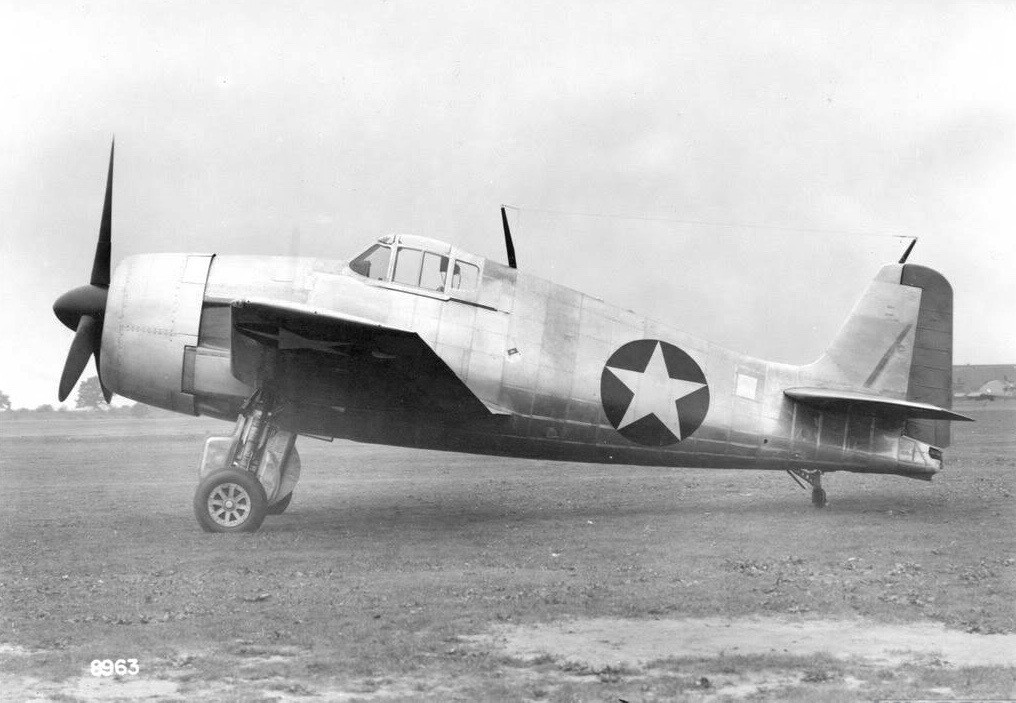
Powered by a Pratt & Whitney R-2800-10W Double Wasp radial engine producing 2,200 horsepower, the F6F-5 variant could reach a maximum speed of 391 mph. It had a combat range of 945 miles and a service ceiling of 37,300 feet, allowing it to dominate the skies over the Pacific. Standard armament included six .50 caliber M2 Browning machine guns, though some variants carried a mix of two 20 mm AN/M2 cannons and four machine guns. The Hellcat could also be outfitted with six 5-inch High Velocity Aircraft Rockets (HVARs), two 11.75-inch Tiny Tim rockets, or up to 4,000 pounds of bombs and torpedoes on centerline and wing-mounted hardpoints.
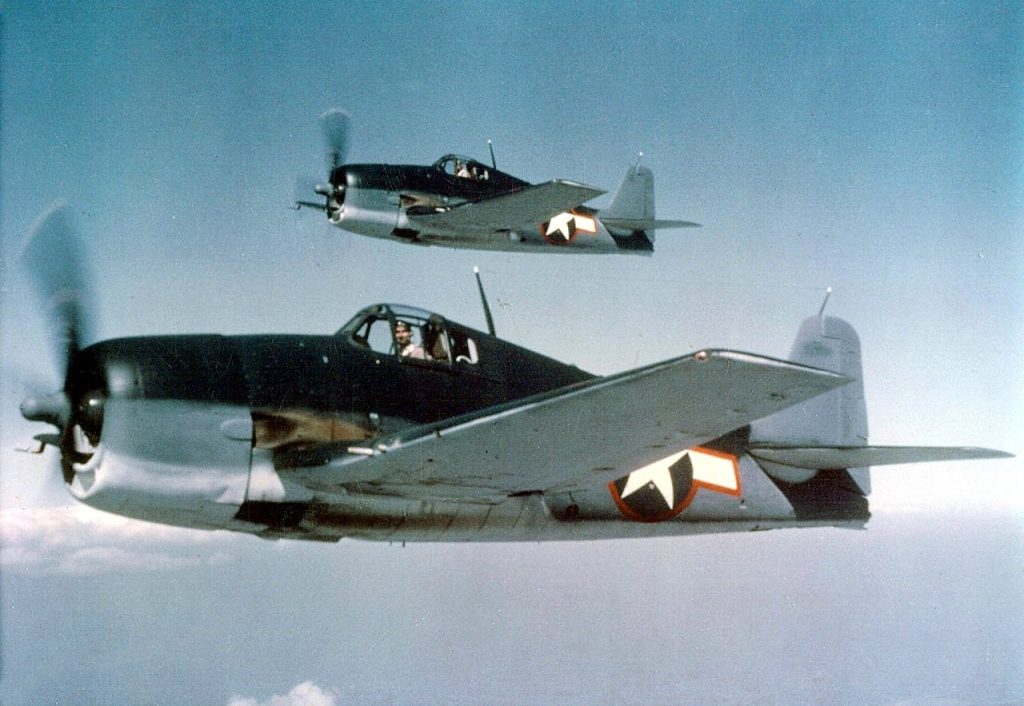
From 1942 to 1945, a total of 12,275 Hellcats were produced. Remarkably, several examples still survive today, including seven that remain airworthy—all based in the United States and regularly seen flying at airshows or featured in museum flight demonstrations. The Grumman F6F Hellcat left an indelible mark on aviation history, helping secure Allied air superiority in the Pacific. Its reputation as a tough, deadly, and dependable fighter ensures its legacy will continue to inspire generations to come.
